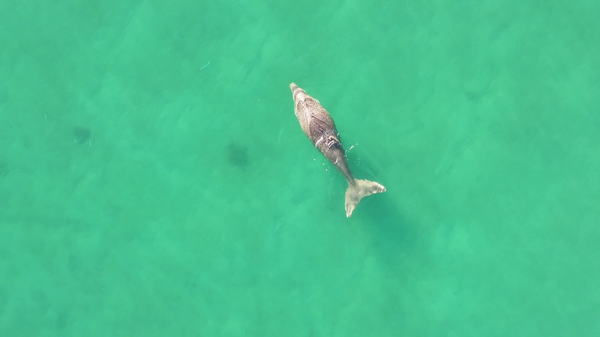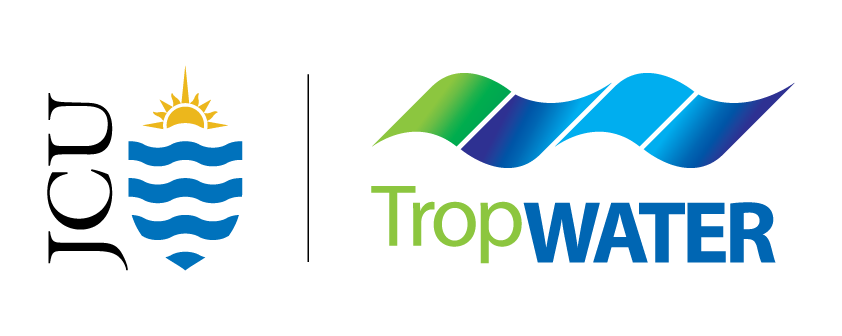
Northern Australia
Location
We are partnering with Traditional Owners and museum curators to collect dugong tissue samples from across northern Australia for genomic analysis.
We have developed and distributed sampling kits to our community partners and are providing practical training workshops on tissue sample collection.
Results will provide insights into genetic diversity and connectivity between dugong populations to inform conservation and management.
Key points
Using dugong genetics to understand connectivity
Genomics provide clues to dugong population connectivity
Dugongs hold cultural and ecological importance, and effective management of this threatened species requires not only tracking dugong population numbers but also understanding genetic connections between and across populations.
Previous studies of Australian dugong genetics have primarily focused on the east coast, identifying different genetic lineages across the dugong range in Australian waters. Little is known about the genetic diversity and population connectivity in more remote parts of northern Australia.
Partnerships to collect dugong tissue samples
We are partnering with Traditional Owners, Indigenous Rangers, and museum curators to better understand genetic diversity and dugong population connectivity across northern Australia using genomics.
Our researchers have developed a user-friendly sampling kit for collecting dugong tissue samples and are distributing these kits to project partners across northern Australia. They are also providing hands-on workshops to train community partners to collect high-quality samples to ensure robust results.
Tissue samples have been collected by our team on dedicated sampling field trips as well as by Indigenous community collaborators during dugong strandings or hunting activities. These samples are currently being analysed to examine changes in population sizes, genetic diversity, population structure, and gene flow within and between dugong population groups – including identifying potential inbreeding or genetic bottlenecks.
Understanding connectivity for improved management
The findings from this project will guide dugong management by identifying distinct dugong populations, levels of genetic diversity, and areas of connectivity or isolation. This will help target conservation actions where they are most needed at the community, state, and federal levels.
Project details
This project is led by PhD candidate Eva Paulus with supervision from Jan Strugnell, Chris Cleguer, and Ira Cooke. The project is funded by the National Environmental Science Program and James Cook University, with additional support from the Threatened Species Initiative, the Australasian Genomic Technologies Association, the Holsworth Wildlife Research Endowment, and the Ecological Society of Australia.
Research support

Eva Paulus
PhD student

Research leads






